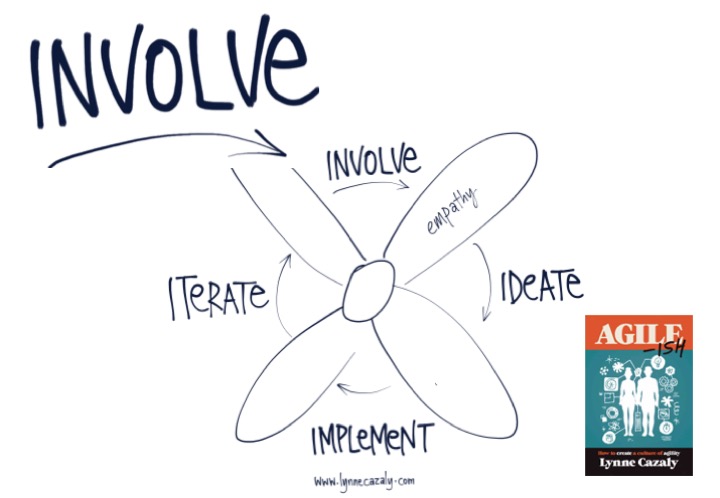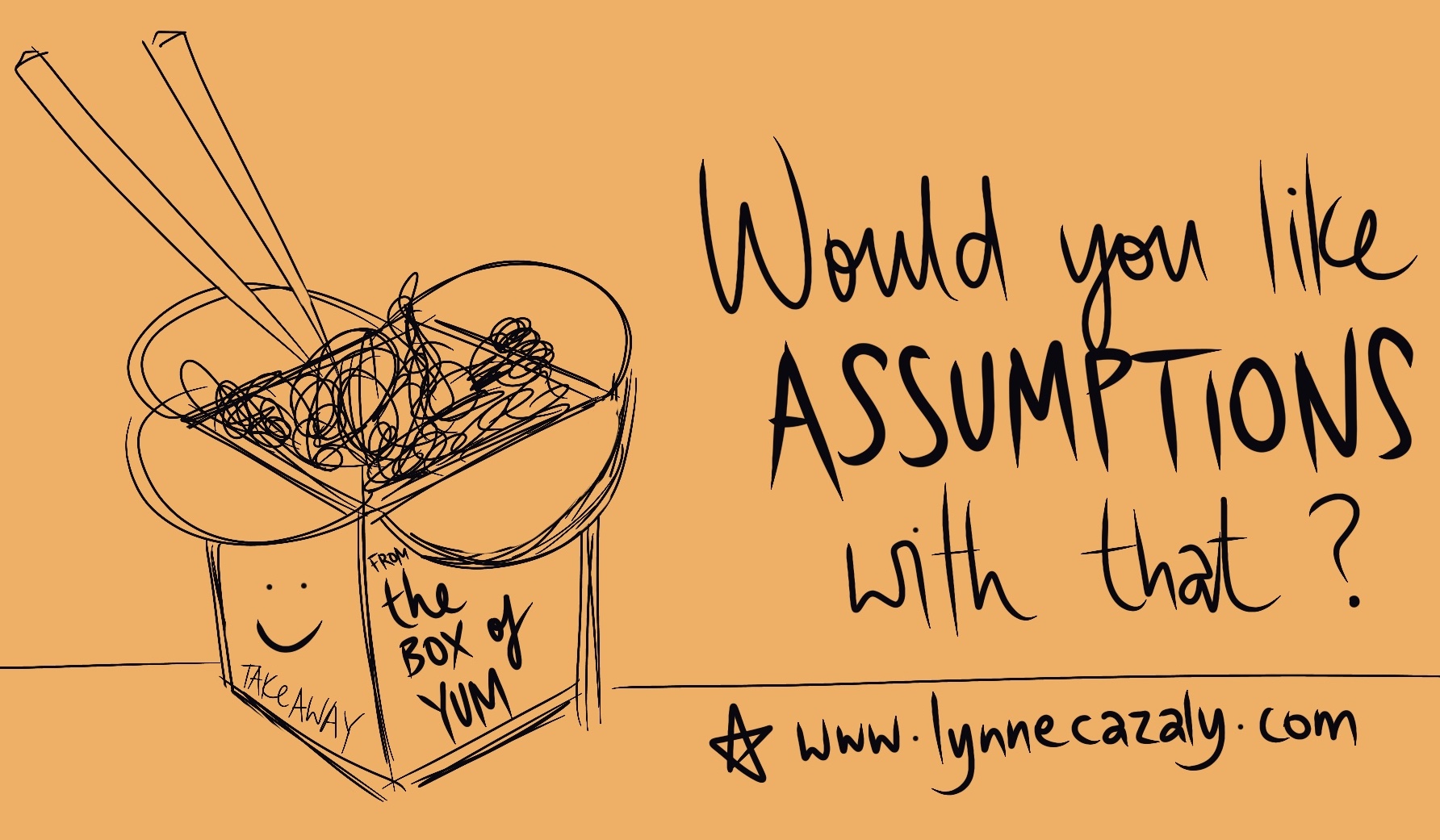Are you additive or subtractive
 Tuesday, September 21, 2021 at 5:29PM
Tuesday, September 21, 2021 at 5:29PM When there’s a problem to be solved, do you find yourself adding things to get to a solution ... or removing them?
It turns out we are all more ‘additive’ than ‘subtractive’.
And it’s impacting the quantities and kinds of ideas and solutions we can come up with.
Researchers still don’t know why we’d rather keep adding things, features, stuff, to try and solve a problem ... rather than stripping them out, but knowing we do it is a good step to being able to compensate for this bias.
‘The first question we ask ourselves is ‘what can I add?’ And ‘what can I subtract?’ is not [part of our first reaction]. Subtracting something isn’t a harder thing to think of “but you have to think harder to get to it”.
We’re missing the potential of a raft of ideas when we solve problems simply by throwing ‘more’ up as a solution.
Read about it in this article by Katie MacBride in Inverse.
It’s curious to wonder about how we think. If we can consciously subtract, remove, reduce or take things away to problem solve... we’ll be better thinkers and more productive problem solvers.





















